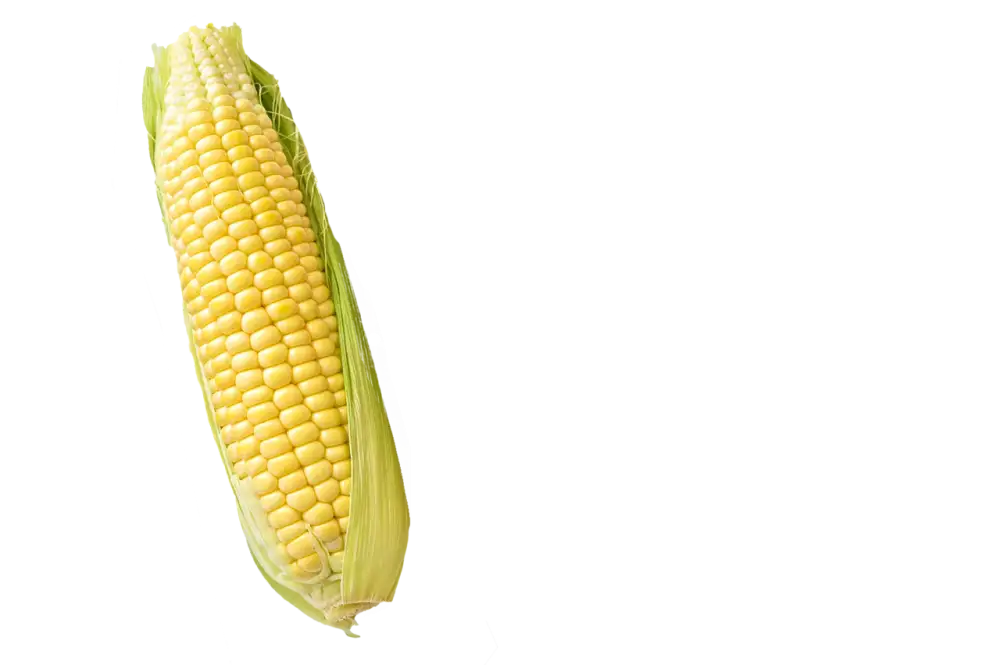Exploring the Curious Phenomenon of Eating Corn Starch: Unveiling the Intriguing World of Pica

- Understanding pica: definition and causes
- Exploring the nutritional value of corn starch
- Potential health risks associated with consuming corn starch
- Recognizing the signs and symptoms of pica
- Seeking professional help and treatment options for pica
- Tips for managing pica and reducing the urge to eat corn starch
Eating corn starch, a common ingredient found in many food products, may seem like an unusual behavior to some. However, for individuals with the condition known as pica, consuming non-food substances such as corn starch is not uncommon. Pica is a disorder characterized by the persistent craving and consumption of non-nutritive substances. In this article, we will delve into the intriguing world of pica and explore the reasons behind this curious phenomenon of eating corn starch.
Understanding pica: definition and causes
Pica is a disorder characterized by the persistent craving and consumption of non-food substances. These substances can include corn starch, clay, dirt, ice, and even paper. While the exact cause of pica is unknown, it is believed to be linked to nutritional deficiencies or imbalances in the body.
Pregnant women and individuals with certain medical conditions such as iron deficiency anemia or developmental disorders like autism are more prone to developing pica. Psychological factors such as stress, anxiety, or a history of trauma may also contribute to the development of this disorder.
It is important to note that pica can have serious health consequences if left untreated. Therefore, understanding the underlying causes and seeking appropriate treatment is crucial for individuals experiencing this condition.
Exploring the nutritional value of corn starch
Corn starch, derived from the endosperm of corn kernels, is primarily composed of carbohydrates. It is a rich source of energy, providing about 30 grams of carbohydrates per ounce. However, it lacks significant amounts of other essential nutrients such as protein, fiber, vitamins, and minerals. While it can be used as a thickening agent in cooking and baking, consuming corn starch alone does not offer a well-rounded nutritional profile. Therefore, it is important to incorporate a variety of nutrient-dense foods into your diet to ensure proper nourishment.
Potential health risks associated with consuming corn starch
Consuming corn starch can pose potential health risks. One of the main concerns is the high carbohydrate content, which can lead to weight gain and increase the risk of developing conditions like obesity and diabetes. Additionally, corn starch lacks essential nutrients such as vitamins, minerals, and fiber, which are vital for maintaining overall health. Excessive consumption may also cause digestive issues like bloating, constipation, and diarrhea. It's important to be aware of these risks and consume corn starch in moderation to maintain a balanced diet.
Recognizing the signs and symptoms of pica
Recognizing the signs and symptoms of pica is crucial in understanding this curious phenomenon. Individuals with pica often have an intense craving for non-food substances, such as corn starch. Some common signs include persistent consumption of non-nutritive substances, difficulty controlling the urge to eat these substances, and a sense of relief or pleasure after consuming them. Other symptoms may include stomachaches, constipation, and nutrient deficiencies. It is important to be aware of these signs to identify and address pica effectively.
Seeking professional help and treatment options for pica
Seeking professional help is crucial for individuals struggling with pica. A healthcare provider or mental health specialist can provide a comprehensive assessment and diagnosis. Treatment options may include therapy, such as cognitive-behavioral therapy (CBT), to address the underlying causes and develop healthier coping mechanisms. In some cases, medication may be prescribed to manage any related conditions or symptoms. It is important to remember that seeking help is not a sign of weakness but a proactive step towards understanding and managing pica effectively.
Tips for managing pica and reducing the urge to eat corn starch
1. Seek professional help: If you suspect that you or someone you know may have pica, it is important to consult a healthcare professional. They can provide guidance and develop a personalized treatment plan.
2. Identify triggers: Pay attention to situations or emotions that may trigger the urge to eat corn starch. Keeping a journal can help identify patterns and enable you to find healthier alternatives.
3. Find alternative activities: Engaging in distracting activities such as hobbies, exercise, or socializing can divert your attention away from the urge to consume corn starch.
4. Substitute with healthier options: Replace corn starch with nutritious snacks like fruits, vegetables, or whole grains. These alternatives will provide essential vitamins and minerals while satisfying your cravings.
5. Create a supportive environment: Surround yourself with people who understand your struggle with pica and can offer encouragement and support during difficult times.
6. Practice stress management techniques: Stress can often exacerbate the urge to engage in pica behaviors. Develop healthy coping mechanisms such as deep breathing exercises, meditation, or yoga to manage stress effectively.
7. Educate yourself about proper nutrition: Understanding the importance of a balanced diet can help reduce cravings for non-nutritive substances like corn starch. Consult a nutritionist for guidance on meeting your nutritional needs.
Remember, managing pica requires patience and perseverance. With the right support system and strategies in place, it is possible to overcome this condition and establish a healthy relationship with food.
In conclusion, it is important to promote a healthy relationship with food and seek proper nutrition. While the phenomenon of eating corn starch may be intriguing, it is crucial to understand that pica can have serious health consequences. It is essential to recognize the signs and symptoms of pica and seek professional help if needed. By understanding the nutritional value of foods like corn starch, we can make informed choices about our diet. Let us prioritize our well-being by embracing a balanced approach to eating and ensuring we meet our nutritional needs through a varied and wholesome diet.
Published: 14. 12. 2023
Category: Health



